Preview |
PDF (Accepted manuscript (final draft))
- Requires a PDF viewer such as GSview, Xpdf or Adobe Acrobat Reader
394kB |
| Item Type: | Article |
|---|---|
| Title: | Control of gene editing by manipulation of DNA repair mechanisms |
| Creators Name: | Danner, E., Bashir, S., Yumlu, S., Wurst, W., Wefers, B. and Kühn, R. |
| Abstract: | DNA double-strand breaks (DSBs) are produced intentionally by RNA-guided nucleases to achieve genome editing through DSB repair. These breaks are repaired by one of two main repair pathways, classic non-homologous end joining (c-NHEJ) and homology-directed repair (HDR), the latter being restricted to the S/G2 phases of the cell cycle and notably less frequent. Precise genome editing applications rely on HDR, with the abundant c-NHEJ formed mutations presenting a barrier to achieving high rates of precise sequence modifications. Here, we give an overview of HDR- and c-NHEJ-mediated DSB repair in gene editing and summarize the current efforts to promote HDR over c-NHEJ. |
| Keywords: | Biomarkers, CRISPR-Cas Systems, DNA End-Joining Repair, DNA Repair, Gene Editing, Gene Knock-In Techniques, Gene Knockout Techniques, Genetic Testing, Homologous Recombination, Recombinational DNA Repair, Signal Transduction, Animals |
| Source: | Mammalian Genome |
| ISSN: | 0938-8990 |
| Publisher: | Springer |
| Volume: | 28 |
| Number: | 7-8 |
| Page Range: | 262-274 |
| Date: | August 2017 |
| Additional Information: | Copyright © 2017 Springer Science+Business Media New York |
| Official Publication: | https://doi.org/10.1007/s00335-017-9688-5 |
| PubMed: | View item in PubMed |
Repository Staff Only: item control page

 Tools
Tools Tools
Tools

